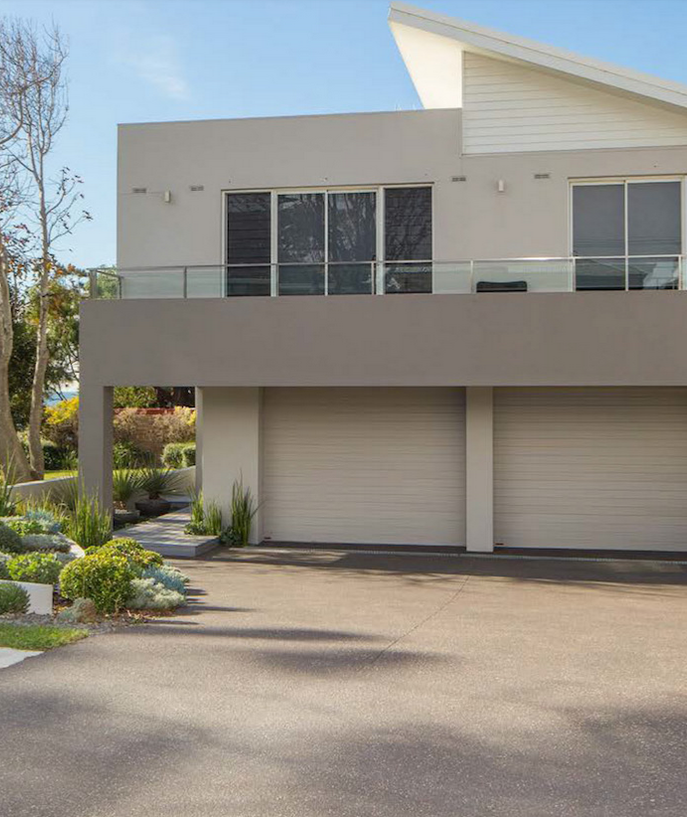One of the reasons decorative concrete is so popular is that it’s very low-maintenance and durable. That said, no paving material is truly maintenance-free, and that includes concrete.
Cleaning and maintaining your concrete surfaces properly not only keeps them looking great for years to come, but it can also save you money and prevent moss and algae from growing and making your concrete slippery.
To make sure your concrete lasts follow these tips…
Treat Your Concrete with Care
Although concrete is one of the most durable and damage-proof construction materials, no material is perfect, and it’s important to protect concrete from cracking and ensure it’s not put under unnecessary pressure.
Try to avoid subjecting your concrete to overly heavy machinery and vehicles to help prevent cracking. Use care when you’re shovelling or raking your concrete surfaces, as metal tools can cause damage, particularly with repeated use.
Clean Regularly
Regularly cleaning your concrete can keep it looking like new for years to come by preventing dirt, moss, algae, and other debris from building up over time. Fortunately, cleaning concrete doesn’t take a lot of time or effort if you’re consistent about it.
For regular cleaning, a broom or garden hose will generally get the job done. Keep in mind, though, that dirt and debris is more likely to accumulate during certain times of year. Autumn’s leaves, for example, are likely to cause more debris and surfaces may be harder to clean if you’ve allowed leaves to build up, particularly if there has been rain.
You can also prevent moss and algae from building up by increasing the amount of sun your concrete gets. Trimming back tree branches or other plants that shade your driveway can help.
Reseal Periodically
If you have left it a little too long between cleans or difficult debris has built up over time, having your concrete professionally pressure washed and cleaned is the best way to keep your concrete surfaces safe and looking good. Pressure washing is a quick process, and a professional can remove all the debris and moss that have accumulated over time on your concrete.
Although concrete doesn’t have to be sealed, it makes a huge difference in preserving the appearance and durability of your surfaces and protects against stains, damage, and cracking. Resealing your concrete surfaces periodically can make regular cleanings easier and quicker too!
Remove Stains Quickly
Whilst sealing and resealing does a great job of protecting decorative concrete from stains, it’s still important to quickly remove grease, oil, petrol, and other difficult-to-remove stains as fast as possible to avoid permanent damage.
Alkaline degreasers work well to remove oil and grease. Another way to remove these stains quickly and prevent them from absorbing into your concrete is to use powdered dishwasher detergent. Apply a thick layer of detergent over the stain, let it sit for 10 or 15 minutes, and then scrub the stain with a stiff broom or scrub brush to break down and soak up the grease or oil.
If a stain does absorb into the concrete, pressure washing will usually remove it.
Avoid Using Harmful Chemicals
Concrete is tough and can withstand a lot of chemical wear and tear that other materials can’t. But there are certain chemicals and substances that you should avoid using, especially if your concrete has lots of texture where chemicals can accumulate.
Chemicals that can be damaging to concrete include:
-
Calcium chloride
-
Sodium chloride
-
Magnesium chloride
-
Magnesium acetate
-
Magnesium nitrate
It’s also important to remember that new concrete is more likely to be damaged than older concrete, so it’s a good idea to avoid all potentially damaging chemicals for the first year after your concrete has been poured.
